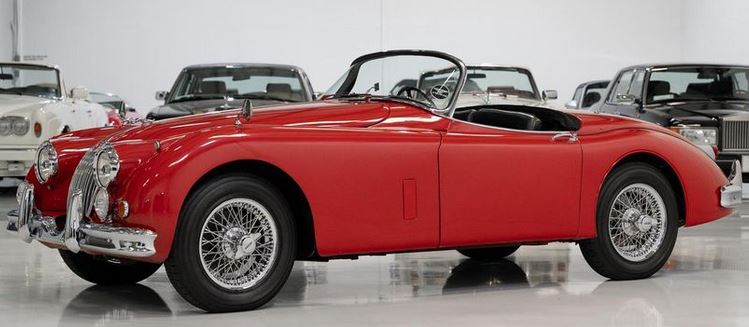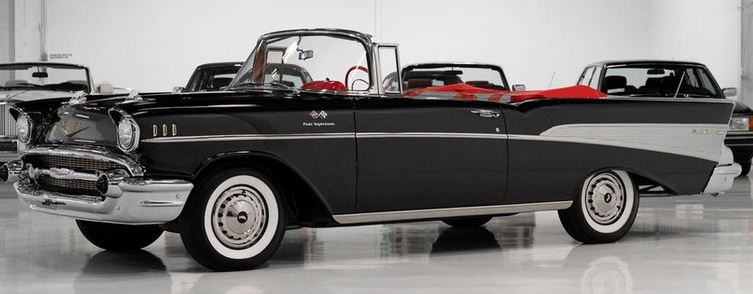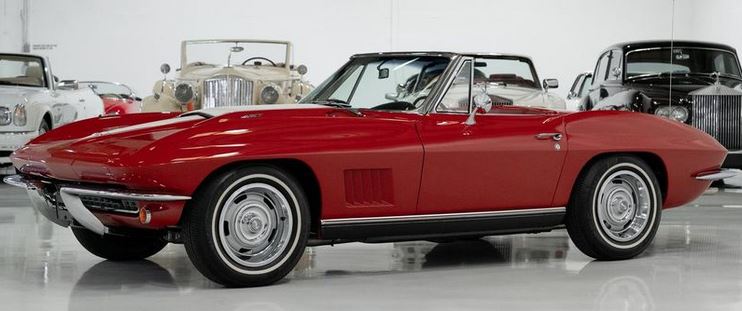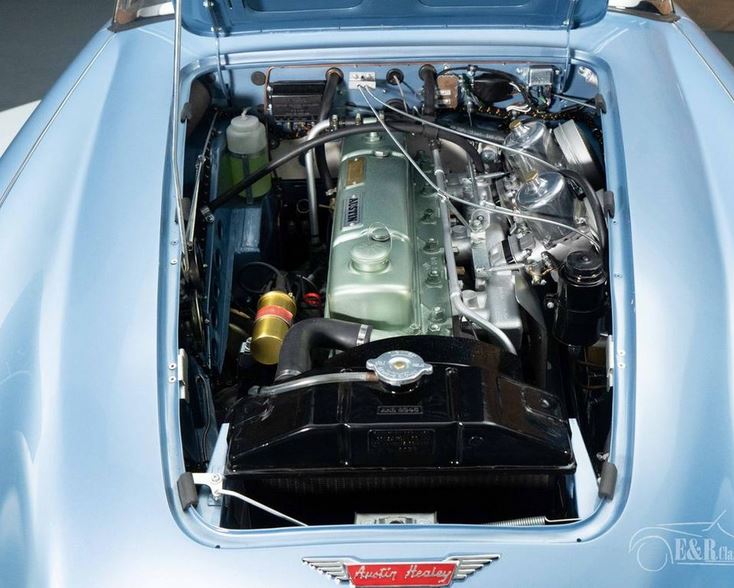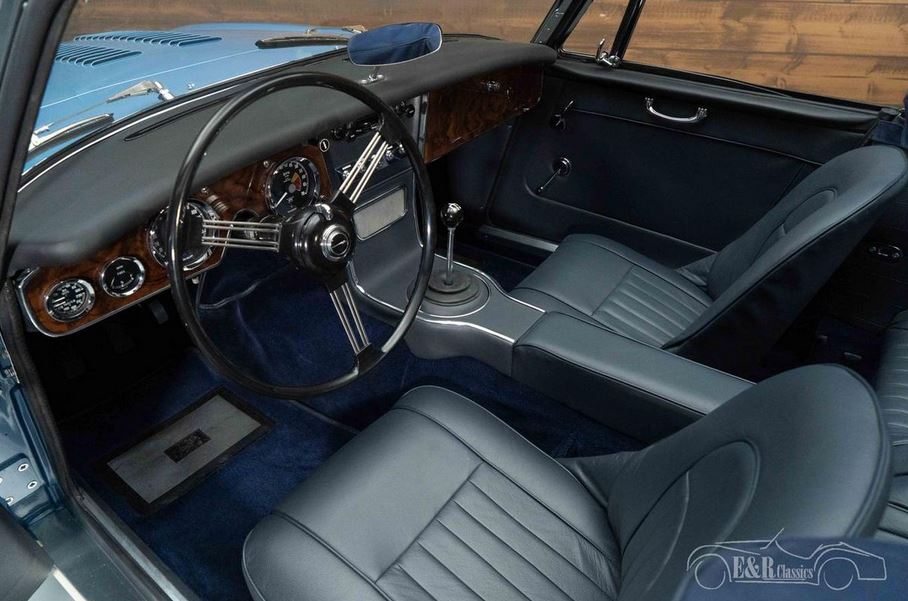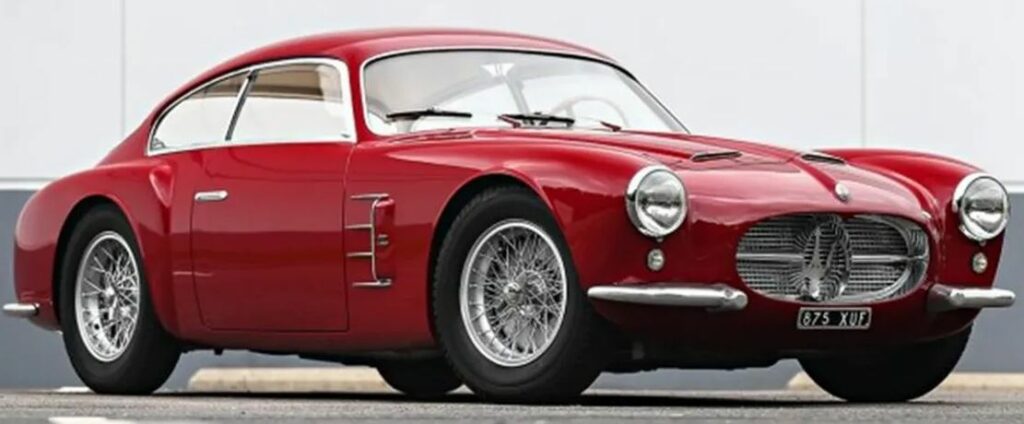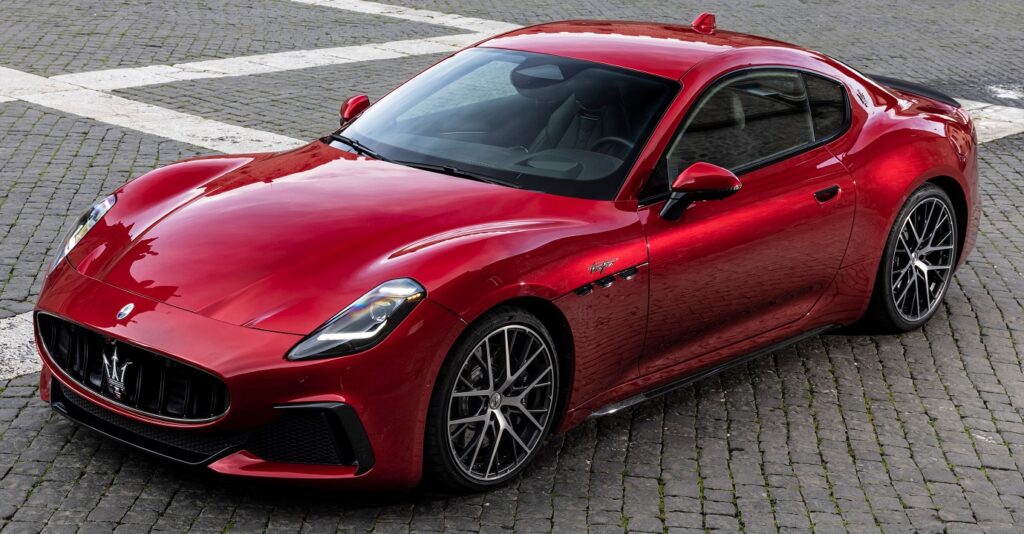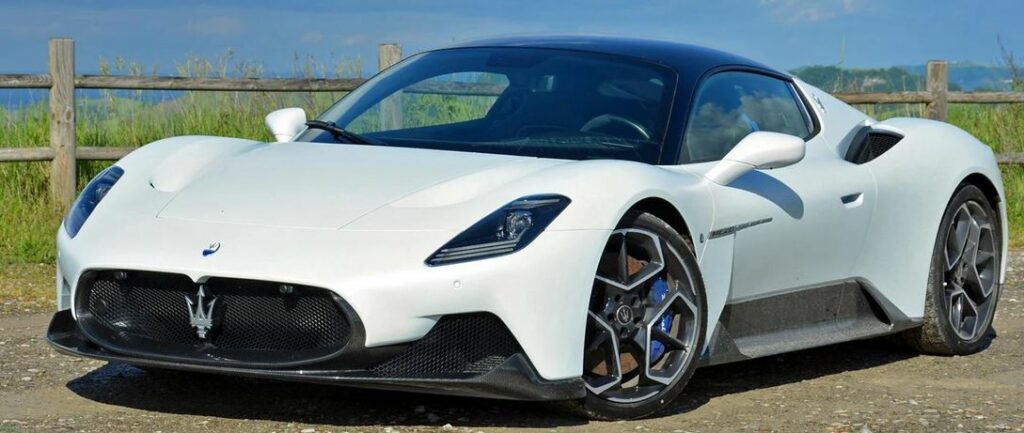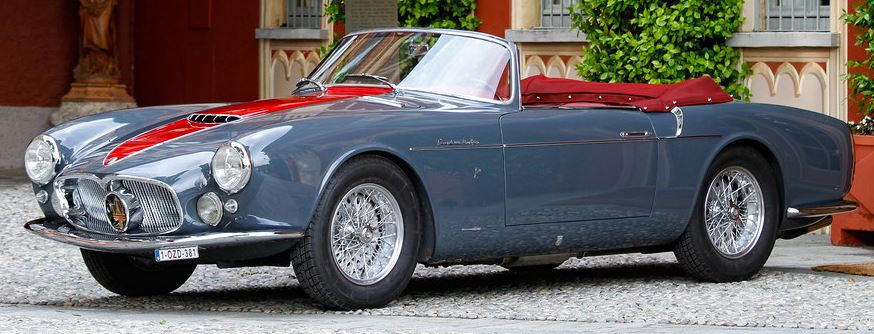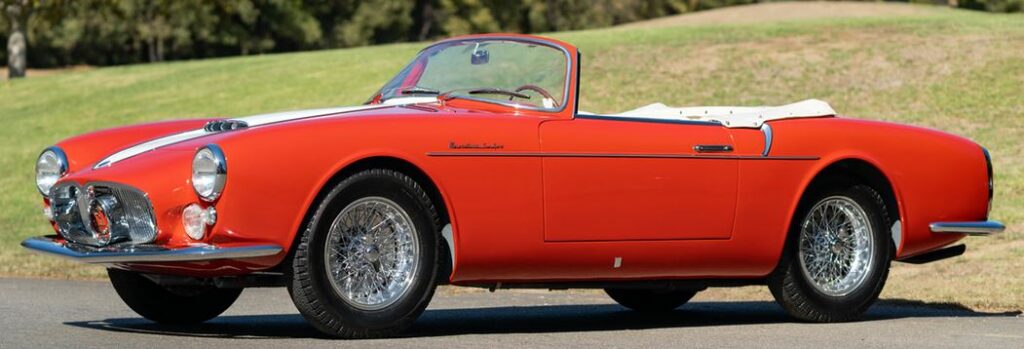I am often accused of being an EV-hater, in that I write so often about the shortcomings of said vehicles and, more often, the uncertainty of keeping them alive, so to speak.
I don’t hate EVs. If I still lived where I used to live in Chicago, I would almost certainly be tempted by, say, an electric Smart Fortwo* or something similarly tiny with which I could make my way around the city in small, convenient trips to get stuff (like groceries) that are a huge PITA to carry around on the bus or in a taxi, both of which are in steady supply in Chicago. In fact, the real utility of an EV in such a scenario comes not in the little trips to and from the supermarkets, book stores and liquor stores, but in trips slightly further afield, such as trips to the racecourse, a concert venue like Rosemont and similar suburban destinations. You see, while getting a trip out there is no big deal, finding a cab or bus for the return trip can be problematic (ask me how I know this).
And if I lived in a coastal town e.g. somewhere in Florida, I could equally be tempted into using an electric runaround like an e-Moke for those little trips to restaurants, beaches and yes, supermarkets and liquor stores.
However, there are several drawbacks to owning an EV as one’s primary (or only) transport, principal of which is that the EV market presupposes a convenient, reliable and unending supply of electricity. And as we’re rapidly discovering, said supply is not only none of the above, but in fact, the situation is likely to get still worse as demand starts to exceed supply and the infrastructure, already proving to be inadequate, start to fall apart.
“But you can always just recharge your EV at home,” you may say.
Perhaps this little story from Britishland may be instructive:
T.T. writes: Eon Drive installed an electric vehicle (EV) wall charger at my house last year but it has never worked.
Despite offering a guarantee, Eon has refused to attend my property to investigate or fix the problem.
Tony Hetherington replies: Eon told you the problem was ‘voltage fluctuation’ in the electricity supply to your home, so you had it monitored by Energy North West. When this showed nothing was wrong, you contacted Utilities Alternative Dispute Resolution – a sort of licensed ombudsman scheme which referees problems involving EV equipment.
The ADR adjudicator ruled Eon had to fix the charger or remove it within 28 days. This did not happen, and in the end you sold your electric car.
The story continues, with all sorts of typically-British complications thrown in, but the point made is still valid: electricity is not necessarily a slam-dunk commodity in terms of its supply… anymore. Indeed, the very fact that EV batteries typically require a “boosted” power supply to work properly or at least be recharged more rapidly should give plenty of reason for skepticism. Ordinary household electrical systems, apparently, are just not up to the task.
That seems to be the case in 240v-powered Britishland, in any event, with its short distances between destinations; how we are going to fare in 110v-Murka with its endless highway system and huge distances between Points A and B? I leave it to you to guess.
The reasons, by the way, why I said yesterday that FJB’s new regulations aren’t going to work Over Here are quite simple.
In the first place, there is no way in hell that we are going to be able to build not only the generation system (we used to call them “power stations” back in simpler times) but the delivery infrastructure to satisfy the enormous increase in demand that a mandated universal EV regime would require.
Secondly, we are not Europeans or Brits, who have a long and storied heritage of supine acquiescence to government diktat; in fact, we are notorious for our inherent resistance thereto.
So government flunkies and their lickspittles can pass all the laws and regulations they want; we’ll just ignore or –far more likely — actively resist mandated regulation.
We shall see how it all shakes out, of course. But I am more optimistic than most, in this scenario at least.
*except that Smart can’t actually make an electric Fortwo because it’s not big enough to hold the size of battery required, hence the Smart #1 which is a complete POS, not the least in its nomenclature.
